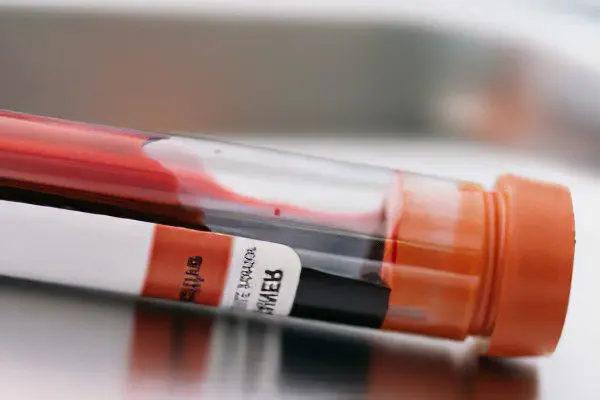
Gonorrhea – a specific infectious disease, transmitted more often sexually and less often through household means. Gonorrhea is caused by gram-negative bacteria – gonococci (diplococci), resembling bean fruits in their structure. With the development of the disease, the mucous membranes of the genitourinary organs and urethra are mainly affected, which leads to severe complications, gonorrhea is dangerous and has its own, often asymptomatic course. When infected with gonococci, timely detection of the disease and proper treatment are very important.
There are various methods for determining gonorrhea, for which visual examination and laboratory research methods are used in medicine:
When compiling an anamnesis of the disease, the doctor asks the patient about the presence of casual sex, abortion, intrauterine contraception. A general examination of patients is carried out, an examination of the genital organs for the presence of symptoms of inflammation of the urethral mucosa, such as swelling and hyperemia, deep palpation of the abdomen. The female genital organs are examined using mirrors to detect inflammatory processes and purulent discharge.
Laboratory research methods include:
General blood test for the presence of leukocytes, determining the blood group and Rh factor, shifting the formula to the left,
General urine analysis,
Blood chemistry,
Bacterioscopic analysis of secretions to detect an increased number of leukocytes, the presence of gonococci (diplococci) and their intracellular location.
Additionally, if indicated, a cultural method is used to determine the strain of the pathogen, an immunofluorescence reaction, PCR (polymerase chain reaction), an enzyme immunoassay test.
The material for research on gonococcal infection is usually discharge from the vagina, urethra, cervix, secretion of the prostate gland, seminal vesicles. Smears and scrapings are also taken from the rectum and eyes with gonorrhea. If the joints are affected, the synovial fluid is examined. The collection of material for analysis can only be performed by a doctor.
From the selected material, smears are prepared on two glass slides, distributing the discharge in a uniform thin layer. The smears are dried in air and fixed in the flame of a burner, after which one of them is stained with a 1% solution of methylene blue, the other – according to Gram. In the first case, the smear is used for a preliminary indicative review; in the second case, a final conclusion is made.
When carrying out Gram staining, use:
1% solution of crystal violet dye dissolved in distilled water and filtered through 2 layers of filter paper,
Lugol’s solution (300 ml distilled water, 2 g potassium iodide, 1 g crystalline iodine),
1% aqueous solution of neutral red,
96% alcohol.
If gonococci were not detected during bacterioscopy, then a cultural method is used, the essence of which is to sow the selected pathological material on artificial nutrient media. The method is used for torpid (asymptomatic), chronic gonorrhea, as well as in all cases suspected of gonorrhea. After about 24 hours, gonococci form many small dew-like colonies, if bacteria do not multiply, then the crops are observed for at least 6-7 more days.
An oxide reaction helps to recognize gonococcal colonies, when 1-2 drops of a 0,5% solution of tetramethyl paraphenylenediamine hydrochloride or 1% paraphenylenediamine are applied to the crop. Immediately afterwards, the gonococci turn purplish-brown to black.
Recently, enzyme-linked immunosorbent assay tests have been increasingly used, they are highly informative and reduce the time for diagnosing gonorrhea. To identify the specific sensitization of the body, i.e. increased sensitivity of the body to foreign agents, 0,1 ml of the allergen is injected subcutaneously into the inner region of the forearm. Assess the reaction of the body 24 hours after administration of the appropriate drug.
Depending on the magnitude of the local reaction (hyperemia and infiltration), it is + (with a diameter of 6-10 mm), ++ (diameter 11-20 mm) and +++ (with a diameter of more than 20 mm). If the allergic reaction is larger than 5 mm, the test result is considered positive. In this case, patients with suspected presence of gonococci are sent for clinical and laboratory examination.
It should be remembered that there are contraindications for the test, and first of all it is pregnancy, malignant neoplasms, decompensated diseases of the kidneys, heart, liver, tuberculosis, rheumatism in the acute stage, allergies and recent hormone therapy.
Rapid tests have also been developed for the diagnosis of gonorrhea at home, and this does not require special knowledge and any additional funds. Express tests are the speed and high accuracy of obtaining the result, maintaining the anonymity of the test. If suddenly the test turns out to be positive, then definitely you should not hesitate to visit a doctor!









